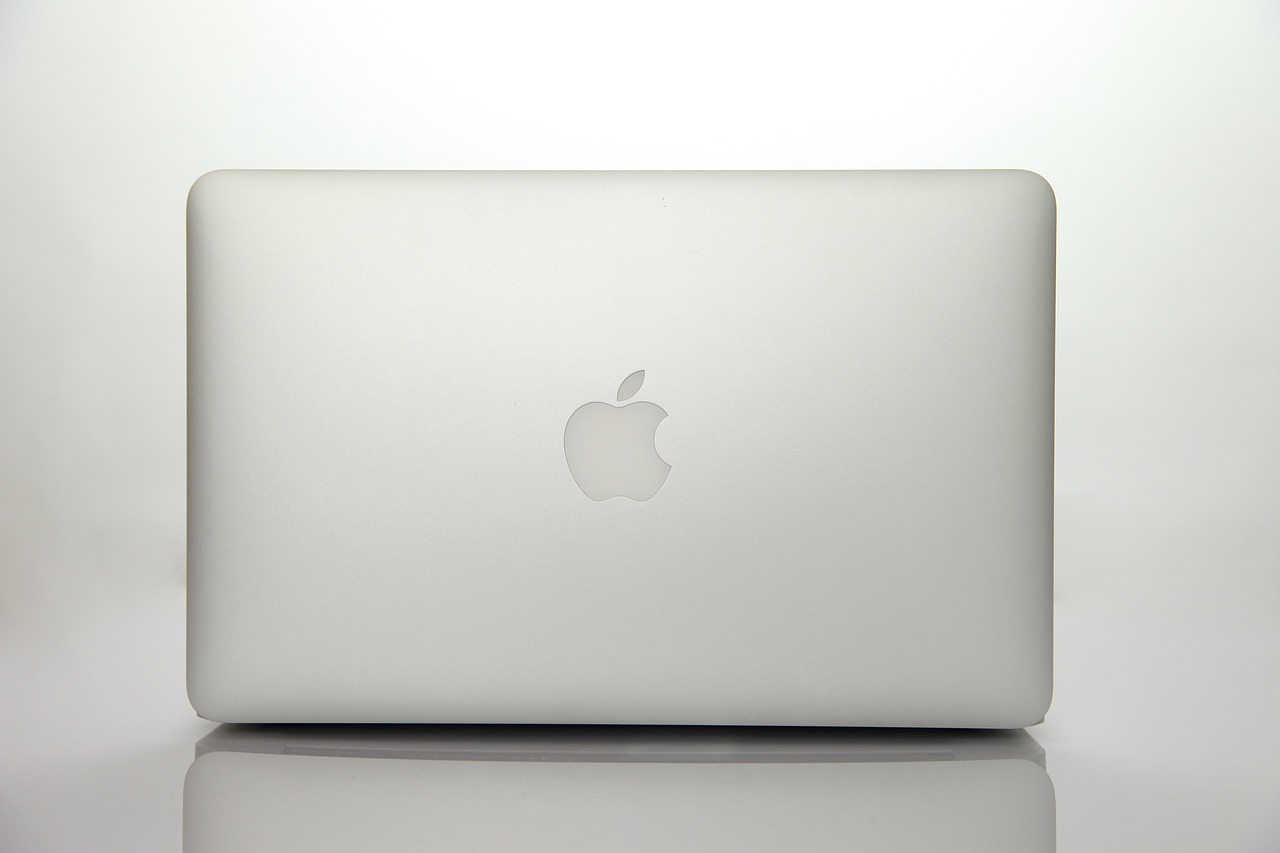Monitor Storage Usage Regularly
Start by frequently checking your storage usage to understand what’s consuming space. Navigate to the storage settings on your Android device to get a clear picture of how your storage is allocated among apps, media, and system files. Regular monitoring helps you stay on top of storage consumption and manage space more effectively.
Clear Cached Data and Temporary Files

Cached data and temporary files, while useful for speeding up apps, can build up over time and consume valuable storage. Use the built-in storage management tools to clear these files. This cleanup not only frees up space but can also enhance your device’s performance by removing unnecessary data.
Uninstall Unnecessary Apps
Apps that you rarely use still take up storage and can impact your device’s speed. Go through your list of installed apps and uninstall those that are no longer needed. Removing unused apps helps reclaim storage space and reduces clutter on your home screen.
Manage and Organize Media Files
Photos and videos can quickly fill up your device’s storage. Regularly review and delete media files that you no longer need. To further optimize storage, back up your media to cloud services or an external storage device and then remove them from your device.
Utilize Cloud Storage Services
Leverage cloud storage solutions like Google Drive, Dropbox, or OneDrive to store files and media off your device. Upload documents, photos, and videos to the cloud to free up internal storage space. Cloud storage not only helps with space management but also provides a backup for your important files.
Adjust App Storage Settings
Many apps offer settings to manage how they use storage. For example, you can adjust settings in social media and messaging apps to limit the amount of stored media or set them to automatically delete old files. Tailoring these settings helps you manage storage more effectively and avoid excessive space usage by individual apps.
Use Storage Management Apps
Consider using third-party storage management apps that can provide additional features for optimizing and cleaning up your device. These apps often offer tools for finding and deleting large files, managing storage usage, and automating cleanup processes.
Perform Regular Backups
Regularly back up your important data to avoid losing files and to keep your device’s storage manageable. Use cloud backups or external storage solutions to ensure your data is secure and accessible. Regular backups also help in maintaining optimal storage levels by allowing you to offload older files.
Leverage Built-in Maintenance Features

Take advantage of built-in maintenance features that many Android devices offer. These tools can help you clean up unused files, manage apps, and perform other optimizations to keep your storage in check. Using these features can help you maintain a well-organized and efficient storage system.
By implementing these strategies, you can optimize your Android storage to ensure efficient use of space and maintain the smooth performance of your device. Regular maintenance and thoughtful management of your storage will help keep your Android device functioning at its best.


Leave a Reply